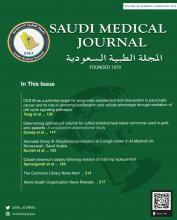DECEMBER 20, 2023 - A review in the Journal of Internal Medicine explores the potential of non-invasive interventions such as light, sound, and magnets to stimulate gamma brain waves for the treatment of Alzheimer’s disease. Such strategies may be beneficial because Alzheimer’s disease is characterized by reduced fast brain oscillations in the gamma range (30-100 Hz).
The authors note that recent studies reveal that it is feasible and safe to induce 40 Hz brain activity in patients with Alzheimer’s disease through a range of methods. Also, preliminary evidence suggests that such treatment can yield beneficial effects on brain function, disease pathology, and cognitive function in patients.
Various cells in the brain beyond neurons - including microglial cells, astrocytes and vascular cells - seem to be involved in mediating these effects.
“We found that increased gamma activity elicited by the non-invasive 40 Hz sensory stimulation profoundly alters the cellular state of various glial cell types,” said corresponding author Li-Huei Tsai, PhD, of MIT. “We are actively investigating the mechanism by which the 40 Hz brain activity recruits diverse cell types in the brain to provide neuroprotective effects.”
Full Citation: “Audiovisual gamma stimulation for the treatment of neurodegeneration.” Cristina Blanco-Duque, Diane Chan, Martin C. Kahn, Mitchell H. Murdock, and Li-Huei Tsai. JIM; Published Online: December 19, 2023 (DOI: 10.1111/joim.13755).
URL Upon Publication: https://onlinelibrary.wiley.com/doi/10.1111/joim.13755
Copyright © 2021 The Cochrane Collaboration. Published by John Wiley & Sons, Ltd., reproduced with permission.
- Copyright: © Saudi Medical Journal
This is an Open Access journal and articles published are distributed under the terms of the Creative Commons Attribution-NonCommercial License (CC BY-NC). Readers may copy, distribute, and display the work for non-commercial purposes with the proper citation of the original work.






